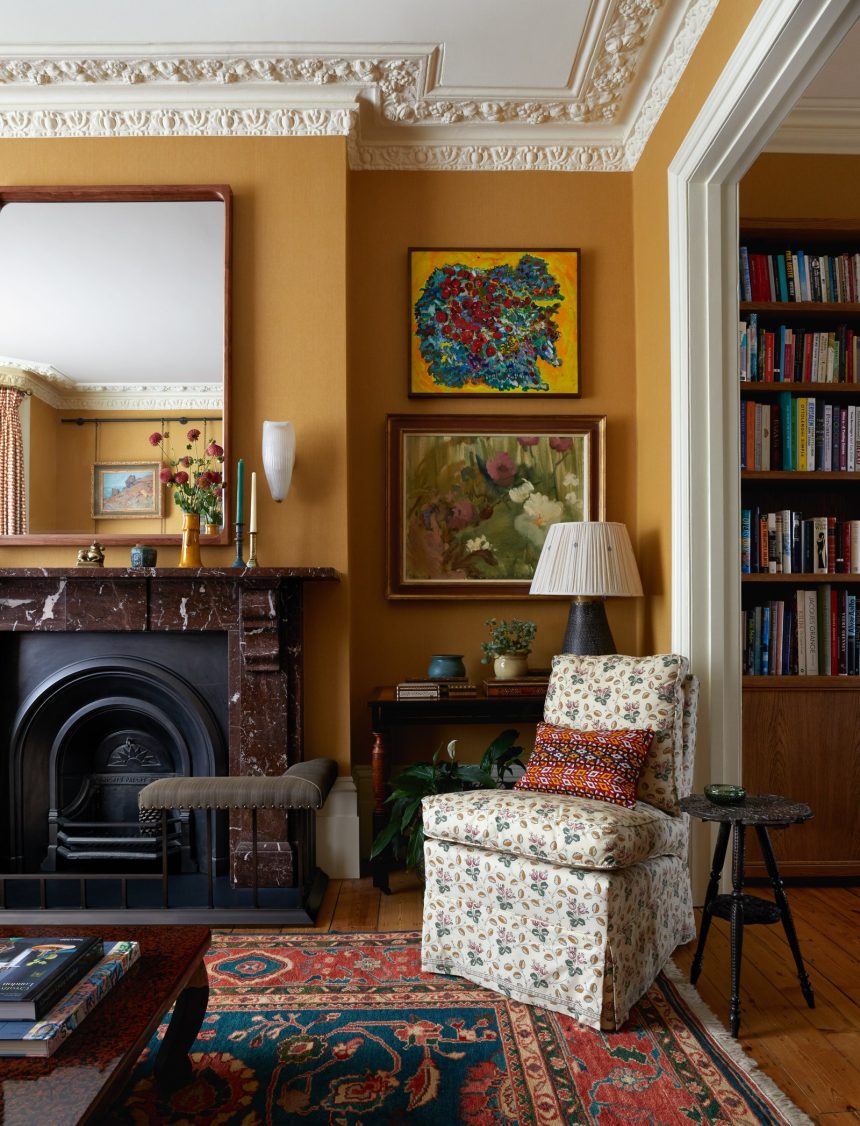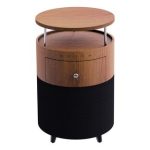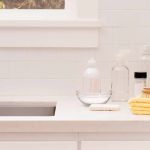“Warmth will come from yellow in 2025,” says Patrick O’Donnell, colour consultant and brand ambassador at Farrow & Ball, reflecting on the colours to know for this year. And indeed, there has been a flourishing crop of yellow rooms – especially living rooms – appearing in the pages of House & Garden recently, suggesting that the time is right for the interiors world to embrace the colour more widely.
“Yellow is one of the most uplifting colours,” says interior designer Veere Grenney, “and there is hardly a project where we don’t use it.” Although in the general consciousness, it can feel like a difficult colour, Veere couldn’t disagree more. “Almost all colours look good with it: brown and yellow, for example, is a delicious combination.” We adore a recent north London project by Brandon Schubert in which the designer used golden yellow fabric walls as a backdrop for shades of purple and olive green in the upholstery. Yellow and blue is also a classic combination – Carlos Garcia made a soft yellow the basis for a small living room in a London flat, and painted the interior of the bookcase in the room a vivid sky blue.
Another way to ensure that your yellow walls feel rich and interesting is to add texture. Gloss paint or lacquer is one way to do this. “I like a glossy yellow because it makes the shade pack a punch,” says Veere. This, indeed, was the key to the most famous yellow drawing room in English decoration – the one designed by Nancy Lancaster for the Colefax & Fowler headquarters on Brook Street, which was done in yellow lacquer. “The warmth of that luminous yellow, made up of layers and layers of lacquer, worked in a way a flat paint can’t,” says Lucy Hammond Giles. “It bounced light around the room, making you feel like you were inside the sun (or on holiday.)” Another way to add depth and a feeling of opulence is to (as Brandon did above), line the walls in fabric.
“Finding a good yellow paint is hard because you don’t want it to look sickly,” continues Veere. “Usually, a deeper yellow is better, because it has greater depth.” Indeed, the shades we’ve largely been seeing are tempered with plenty of brown and black pigment, some even veering towards ochre and umber. Patrick agrees: “The right shades will be more sophisticated, less obvious. Some will have a little red in them, giving them an amber or membrillo note.” Such shades give a gentle, flattering glow to a room, rather an aggressive, sunshiney brightness. Farrow & Ball’s ‘India Yellow’ has long been a designer favourite, but there are plenty of other complex shades out there, such as ‘Persian’ by Edward Bulmer, ‘Block Print Yellow’ by Atelier Ellis, and ‘Light Gold’ by Little Greene. For a true yellow, try the popular ‘Imperial Chinese Yellow’ by Papers & Paints, the choice of Philip Hooper for his own Somerset drawing room.







